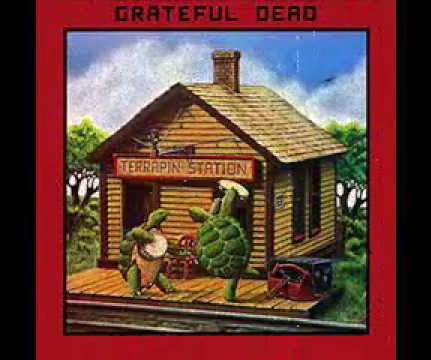Will Warehouses Eventually Go Dark?
Enterra Insights
MAY 2, 2019
David Sparkman, head of David Sparkman Consulting, reports, “Empty stores and shopping centers are increasingly being converted into warehouse and e-commerce distribution centers, according to the global industrial real estate firm CBRE, which examined in detail two dozen such projects ranging from southern California to Baltimore.”[2]
















Let's personalize your content